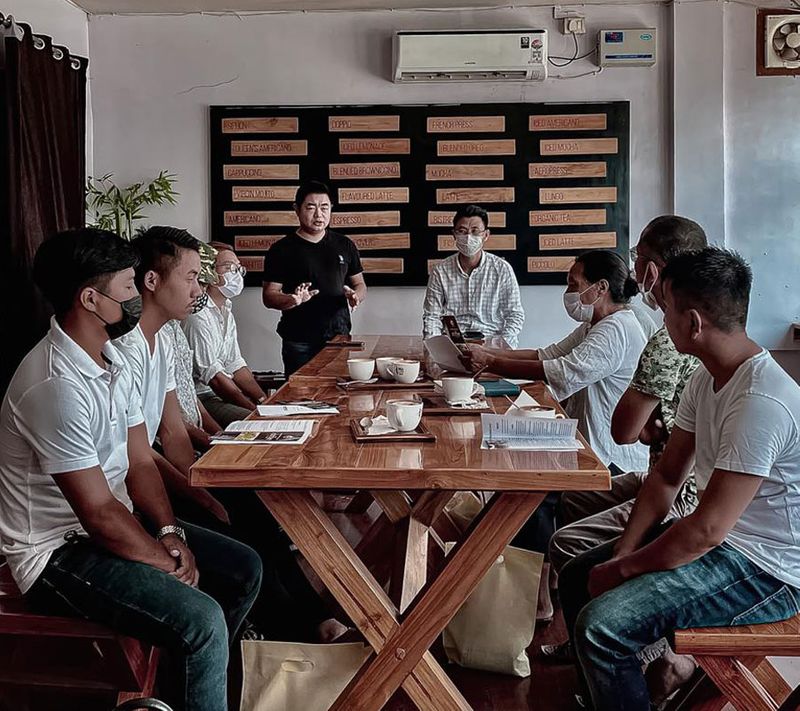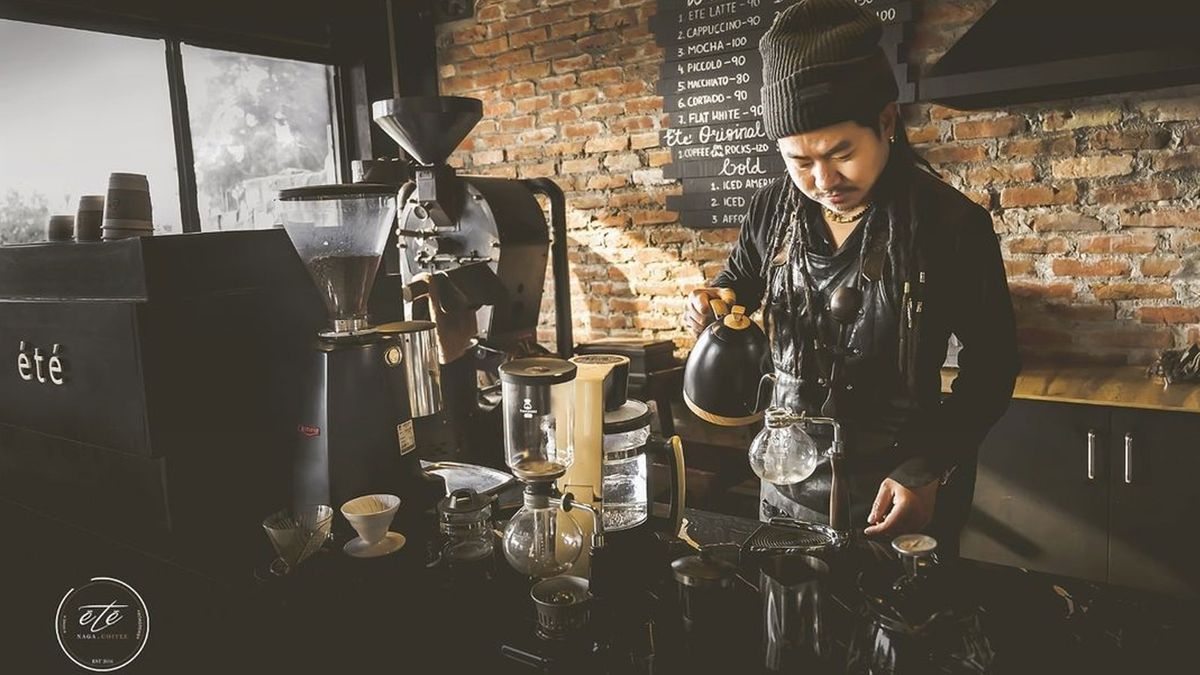While we have been talking about the growing coffee culture in India, we often miss the little coffee revolution taking place in the Northeast of India. Quintessentially known for tea, many Northeastern states are now growing coffee. In the past few years there has also been a steady rise in the number of coffee roasters, growers, and processors in the region bringing the coffee of the region to the forefront. With its unique flavour profile, unusual terrier, organic nature, and great taste, the coffee from the Northeast is now being noticed world over.
The first attempt to grow coffee in the Northeast India dates back to late 19th century, but it was not until the 1980s that coffee was finally grown in the region. “Shillong has the oldest plantation in the region, over 100 years old,” says Lichan Humtsoe, the founder and CEO of Été Coffee Roasters in Kohima, “But other states such as Manipur and Nagaland were considered for coffee plantation only in the 1980s.” The idea was executed by the Coffee Board of India and many farmers were given incentives to grow coffee. While coffee plantations were set up and coffee did grow, the plan did not work out well. “There were many reasons,” informs Lichan, “lack of technical knowledge, little support to farmers, involvement of middlemen, centralisation of coffee trade and other logistical challenges led to most farmers abandoning their plantations.”
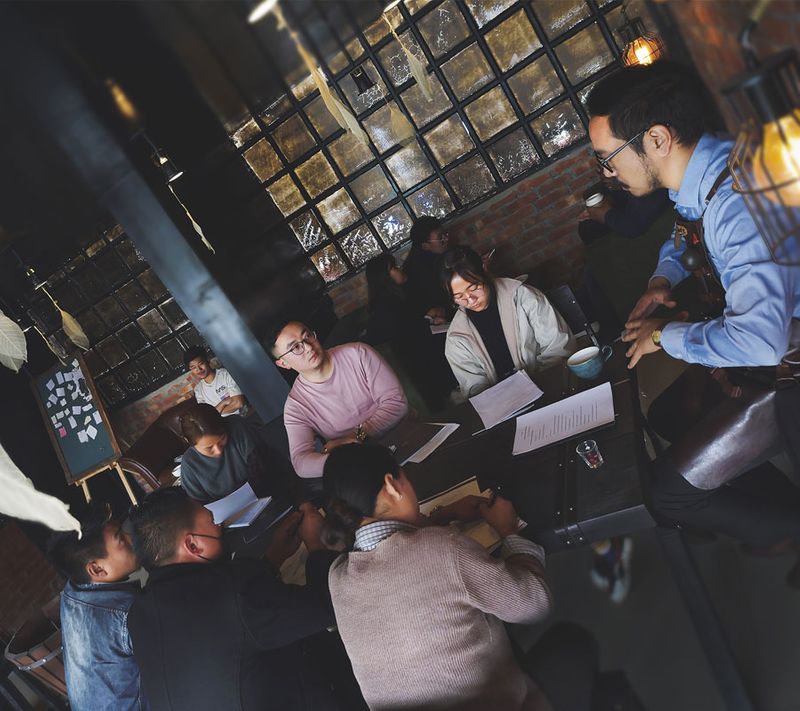
It was only recently, in 2015-16, that some of these were revived by government schemes. In parallel, many young coffee roasters, mostly locals, started to recover the older plantations too, many of which had been languishing in the wild since the 1980s. Today, roasters such as Été Coffee and Nagaland Coffee from Nagaland, Smoky Falls Tribe Coffee from Meghalaya (Meghalaya's indigenous coffee brand that arguably is the first coffee roasters from the northeast) and Altura from Darjeeling and other such brands are spearheading the small yet significant coffee revolution in the region. The coffee meanwhile is travelling to far off places — from Cape Town to Singapore, Dubai to Italy, and Germany to Bahrain.
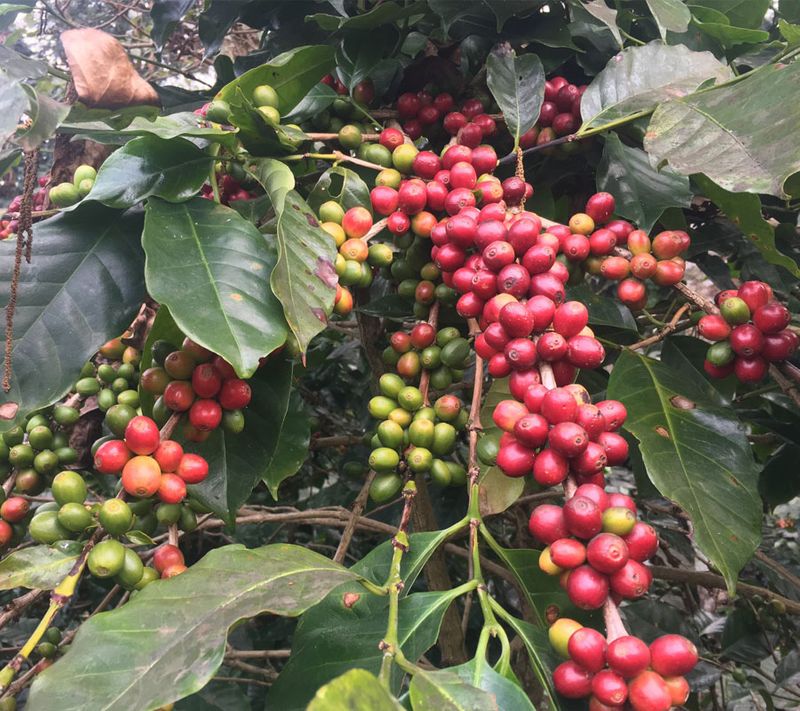
What sets the coffee from Northeast apart is the way it is grown. The plantations thrive in the shadows of natural forests and regions dense in naturally nutrient rich soil. Ideal climatic conditions and optimum micro-climate, individual picking, sorting, roasting and processing methods that are customised to the bean and the estate add to the uniqueness in growing and processing conditions. Growing in the wild, on the other hand, makes the coffee naturally organic, chemical free and intense — an added advantage over the commercially grown coffee across India. The result is a coffee with a citrus and fruity flavour distinct to the terrier.

“Our coffee plantations are organic, the beans are mostly handpicked, and almost always single origin unless it is a special edition signature blend. In each of the area we procure our coffee from, we process it differently to ensure it develops its optimal aroma and flavour,” informs VivitoYeptho, co-founder and managing director of Nagaland Coffee, who he set up with Cape Town based partner Dr Pieter Vermeulen back in 2017. Vivito’s Nagaland Coffee was among the first coffee roaster and producer of the region, today it exports green coffee to countries like Germany, Netherlands, Dubai, Italy, Bahrain and South Africa, also run a cafe in Dimapur and have many international accolades and awards to their name.

Lichan Humtsoe’s Été Coffee on the other hand supplies their coffee only within the region thanks to the high demand within the state. “The consumption within Nagaland has increased so much in the past two years that we have had to stop shipping it outside the state,” he tells us, “Earlier we used to ship our coffee pan India and also to many countries overseas.”
On his part Lichan has been partnering with farmers who have only recently started growing coffee and helping them keep track of the crop. According to him while the land resource department has implemented a project to revive the coffee plantations of the region, the crop will take a few years to be mature and commercially useable. “Until then the farmers need our support in understanding the technicalities of the crop.” If farmers are the safe-keepers of the bean, the roasters, baristas, and young entrepreneurs hold the key to the future of the coffee — they, after all, take it to the world.
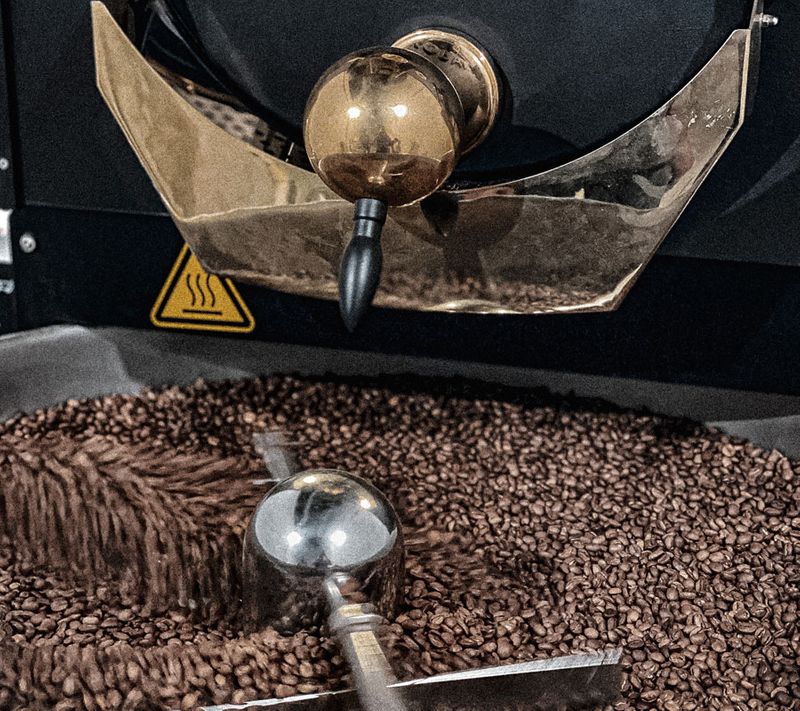
With the growing coffee culture, the fascination and passion to work in the sector is growing too. Many young men and women are keen to learn about the craft and take it as a career. And many are training under Lichan, who also runs the only coffee school in the region and also mentors roasters and baristas who aim to open their own café someday. “We plan to make the coffee brewing culture at par with the tea here and take our coffee world over,” says Vivito who feels that together the coffee growing, and roasting community can make their coffee a global brand. “We need just a few years,” says Lichan, “Once the new crop is mature and useable, we will be able to supply the finest coffee to India and outside.” With how the industry is preparing, the day indeed does not seem too far.
